
S Mordan & Co – the story of a sterling dip pen in Calcutta.
The Dip Pen, also called the nib pen, was the predecessor of our fountainpens. Dip pens, in their turn, had started becoming popular in the early 19th century when they had replaced the quills and in many places the reeds which were principally used for writing then. Dip pens do not have the reservoir to hold ink and are, at their simplest, mere handles to which nibs can be attached or mounted. Naturally, the nibs have to be regularly dipped into ink for writing.
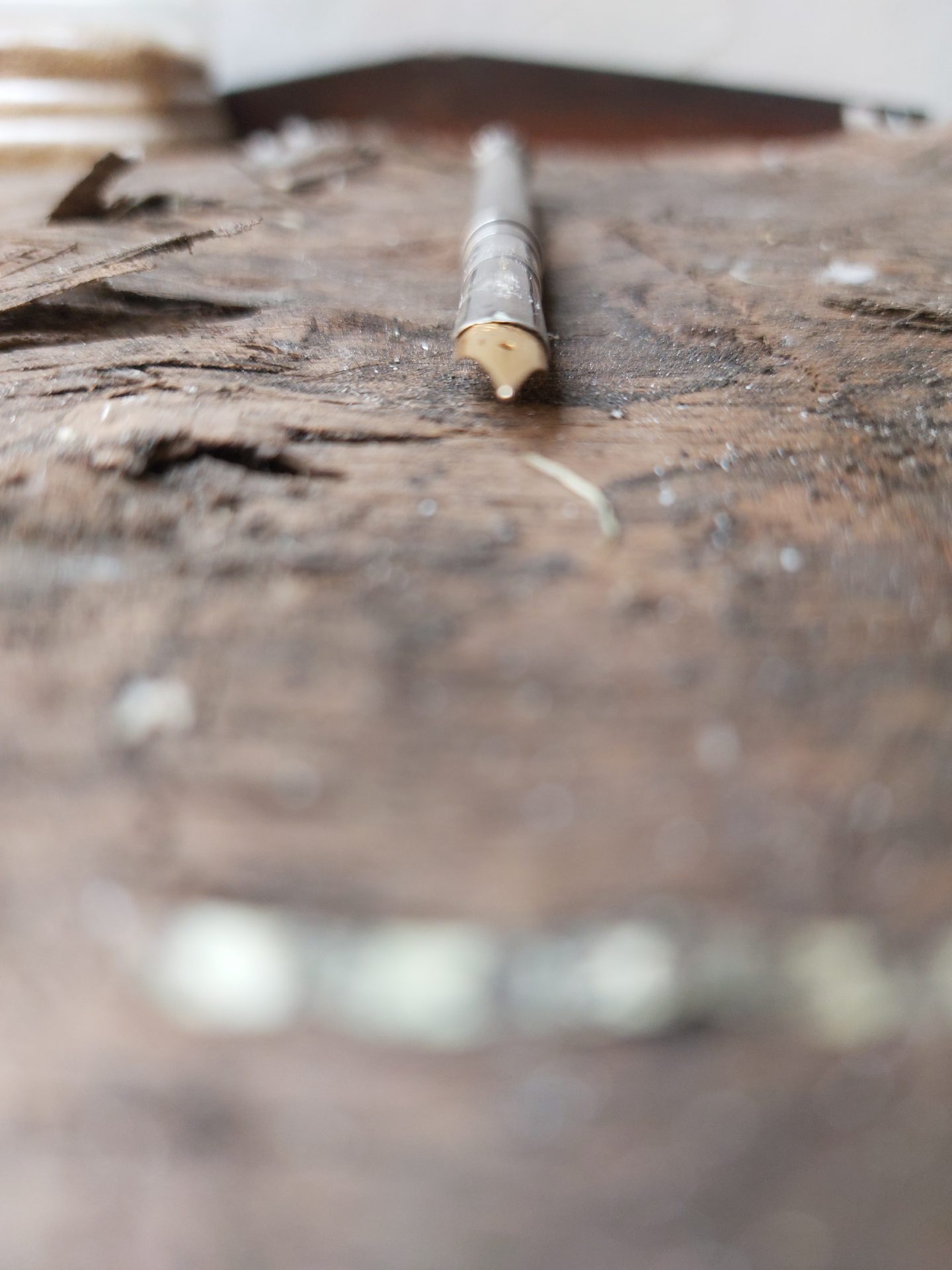
Birmingham in England had soon emerged as the Mecca of steel nib manufacture in the 19th century and most of the world’s steel nibs used to originate from this city. The handles or holders were a different story all together, and though they were overwhelmingly made from wood, other materials like bones, horns and metals were also extensively used. While Birmingham imprinted steel nibs keep coming up for adoption, dip pen holders are not much fancied by collectors (at least the ones I know of), though I must confess that I do possess a number of Gooptu dip pens that were manufactured in Calcutta in the first half of the 20th century. Acquisitions that have primarily been fuelled by the Gooptu name, more than a genuine love for dip pens though.
Thus, when a dealer offered what he called, a sterling silver dip pen made by S Mordan & Co of Britain, I wasn’t really interested – neither is silver ware my area of concentration, nor am I passionate about dip pens. But the dealer was at his avouching best, with the typical line of their ilk “this antique piece is of immense historical value and I don’t want to sell it by weight to a philistine. I am insisting that you acquire it as I know it will be safe with you, blah, blah, blah, blah”! To cut a long story short, I did buy the dip pen from him, primarily, I must confess, to get him off my back and had promptly added it to my treasure chest of pens, only to forget all about it.
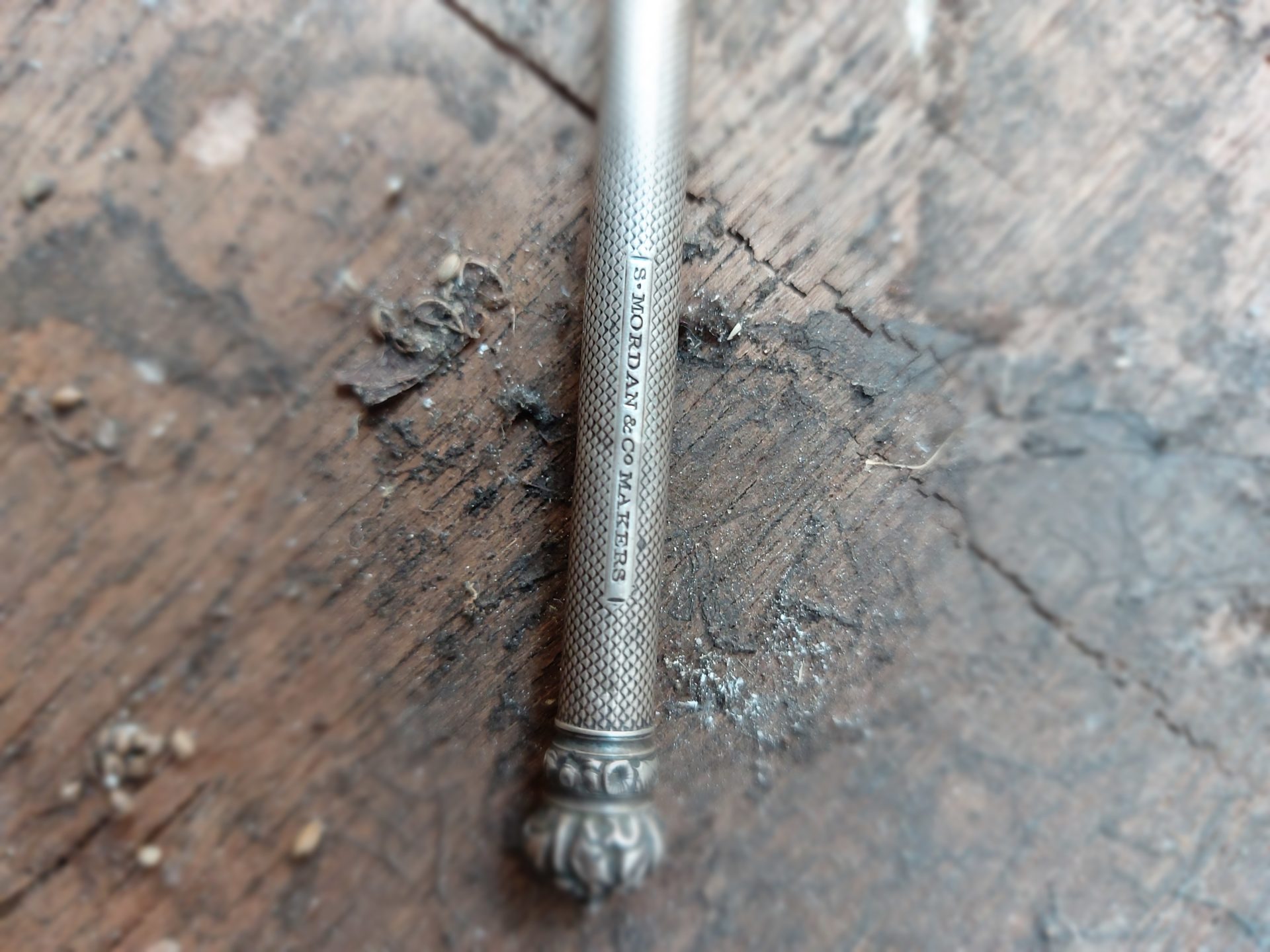
It was much later, when following up on a family heirloom that had come to me for authentication that I stumbled upon Sampson Mordan, silversmith per excellence, who had patented his first “ever pointed or propelling pencil” in, if I am not terribly wrong, 1822. The patent was apparently jointly held with Gabriel Riddle and the earlier Mordan pencils were hallmarked SMGR. I have also come across claims that the propelling pencil was invented by John Isaac Hawkins with Sampson Mordon and that, initially at least, they were manufactured by Gabriel Riddle. The partnership with Riddle had dissolved shortly thereafter, paving the way for the establishment of S. Mordan & Co. which had crafted its way to perfection till 1941, well after Sampson Mordan had passed away, when the factory was destroyed by enemy action during World War II.
S Mordan & Co. creations – often whacky, whimsical shaped pencils (and also whistles among other knickknacks) that included animals and Egyptian mummies, were naturally very sought after in their time and are extremely collectible now. Dip pens made by the house, however are not that well known, though their sheer antiquity and the association with the S Mordan & Co. name makes them no less valuable in terms collectability.
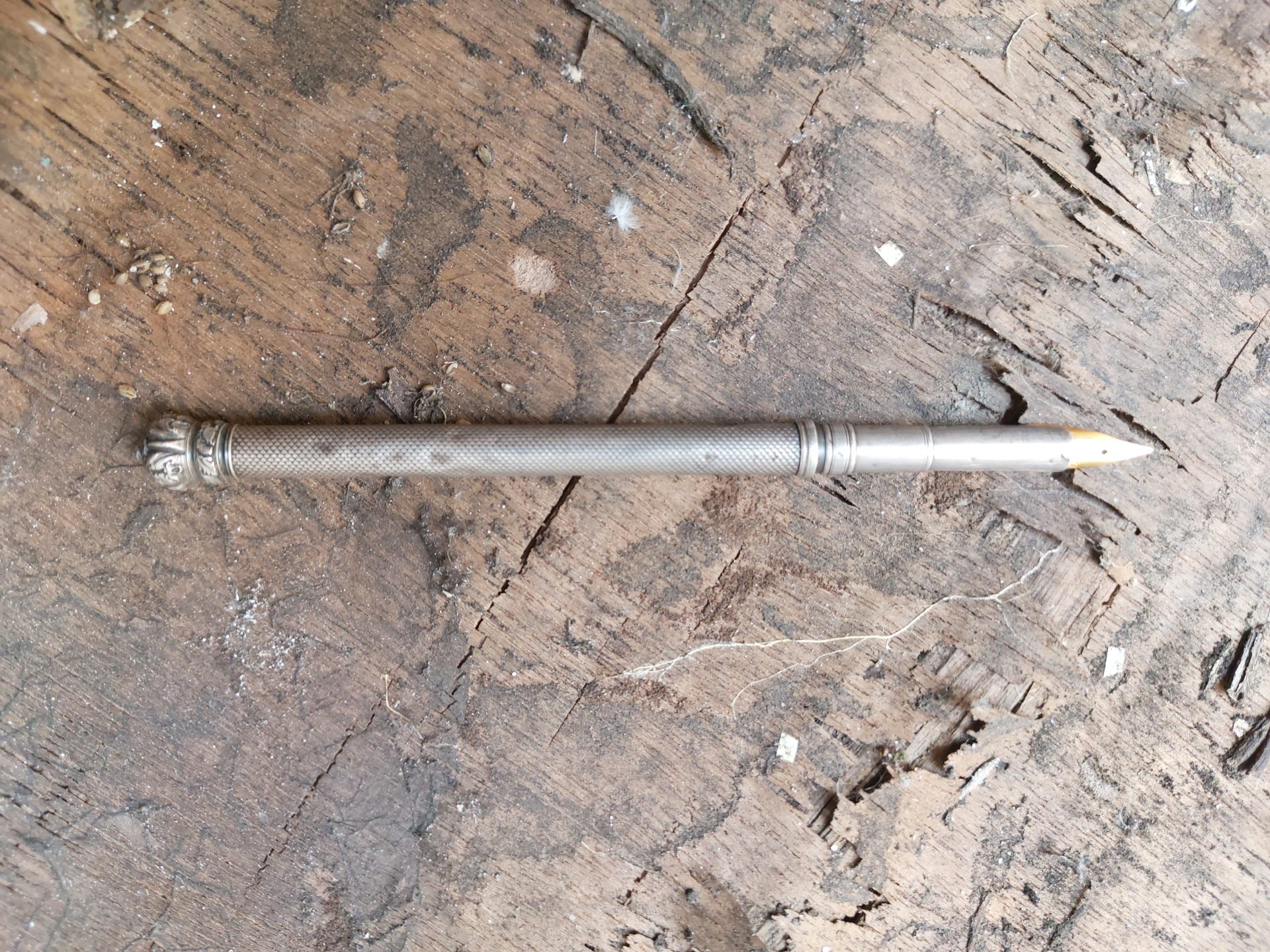
At this point, I contacted the dealer from whom I had purchased the pen to enquire about it and if possible, establish the provenance. He did not have much to add, stating that he had purchased the pen from a man whose grandfather had bequeathed it to him. The pen was apparently gifted to his grandfather by his British boss when he left India for good in the early 1970’s following the abolition of the managing agency system. The departing gentleman was an octogenarian, having spent all his working life in Calcutta and had, again apparently, bought the pen right here in Calcutta, from Hamilton & Co.
In the early years of the twentieth century, when Calcutta was what it was in the British Raj, it was not only natural but also expected that S. Mordan & Co creations would be available for the connoisseurs to possess and flaunt. It is said, and I have no way of verifying the authenticity of the claim, that they were available through another institution, the Hamilton & Co. The facts that Hamilton & Co. and S Mordan & Co. shared more or less the same time period and that Hamilton & Co. too was a jewellery and silversmithing shop of huge repute, would make the claim highly probable. Though why Hamilton & Co., with its proven excellence did not create their own pen holders and chose to deal in those manufactured by S. Mordan & Co. continues to irk me. Besides, the aesthetic spirit of Hamilton & Co known for its polished silverware and minimalistic designs and the quirky, idiosyncrasy of S Mordan & Co. just does not gel: they were hardly the kind that would make music together.
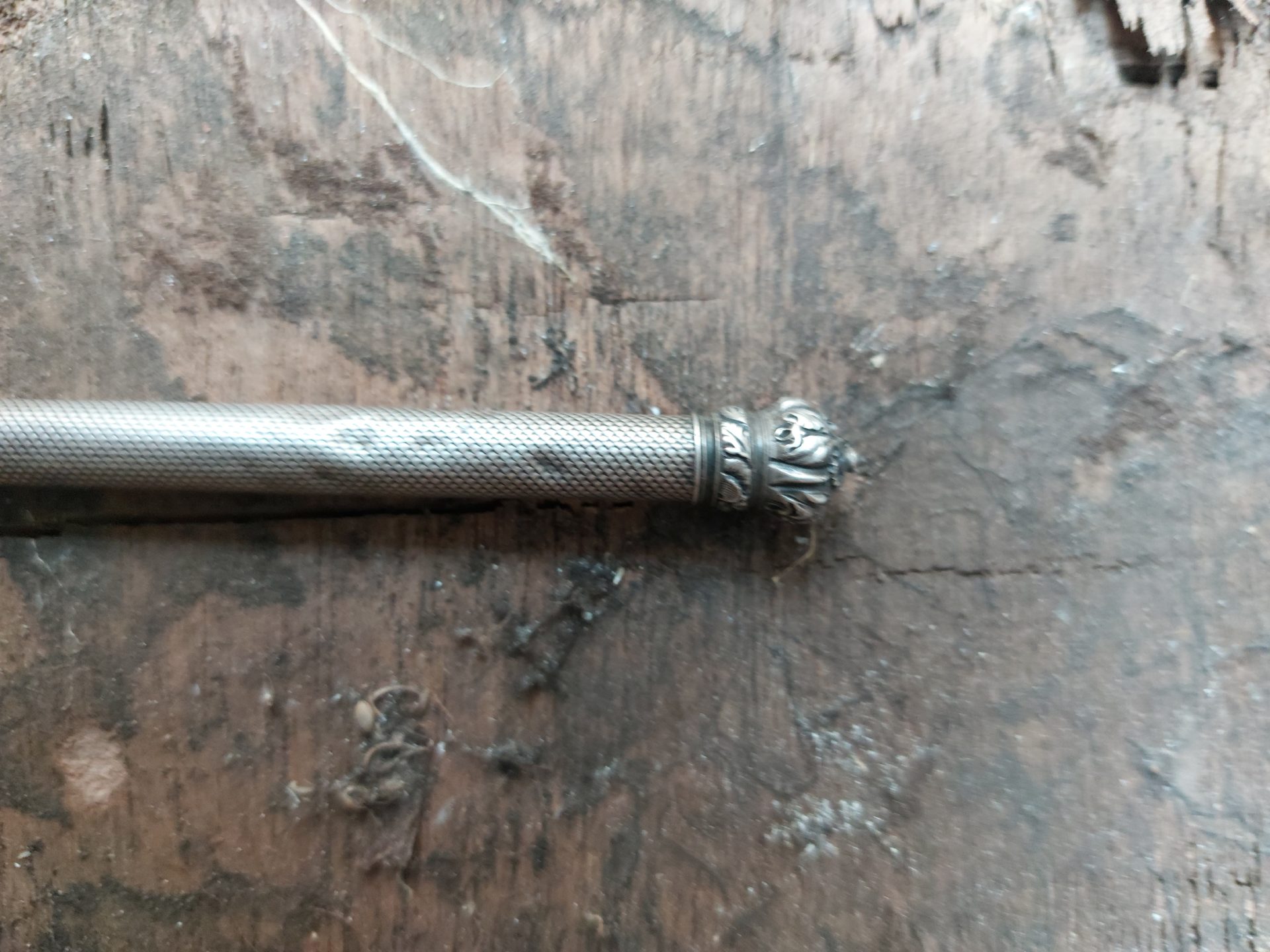
Perhaps, S Mordan & Co. was a brand big enough to have its own draw? Perhaps, the Sahibs followed their own logic? Perhaps the whole story about Hamilton & Co. stocking S Mordan & Co pens was a figment of imagination, woven into the narrative by some previous owner or even by an ingenious dealer? I have no way of knowing for sure, Hamilton & Co. shut shop in 1973 when the Jalans to whom the business had passed after the original owners left the city in the 1970’s decided to move on.
PS. I have since slipped in a Birmingham nib into the holder. It writes as pukka as the sahibs were.
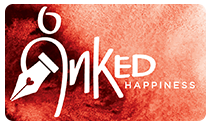
The story brought history in front of our eyes. nice written and collection indeed…
Can you translate this for the non-natives? “It writes as pukka as the sahibs were”. Thanks!
Dear Ana,
thank you for writing in.
pukka = excellent, genuine, solid. sahib = a polite way of referring to a man, often a Britisher. in plain speak it means that the pen writes beautifully 🙂
hope that clears the air.
thank you again.
chawm
I have recently found one of these ink pens whilst metal detecting here in New Zealand, only problem is the nib is damaged and the back end feature is missing